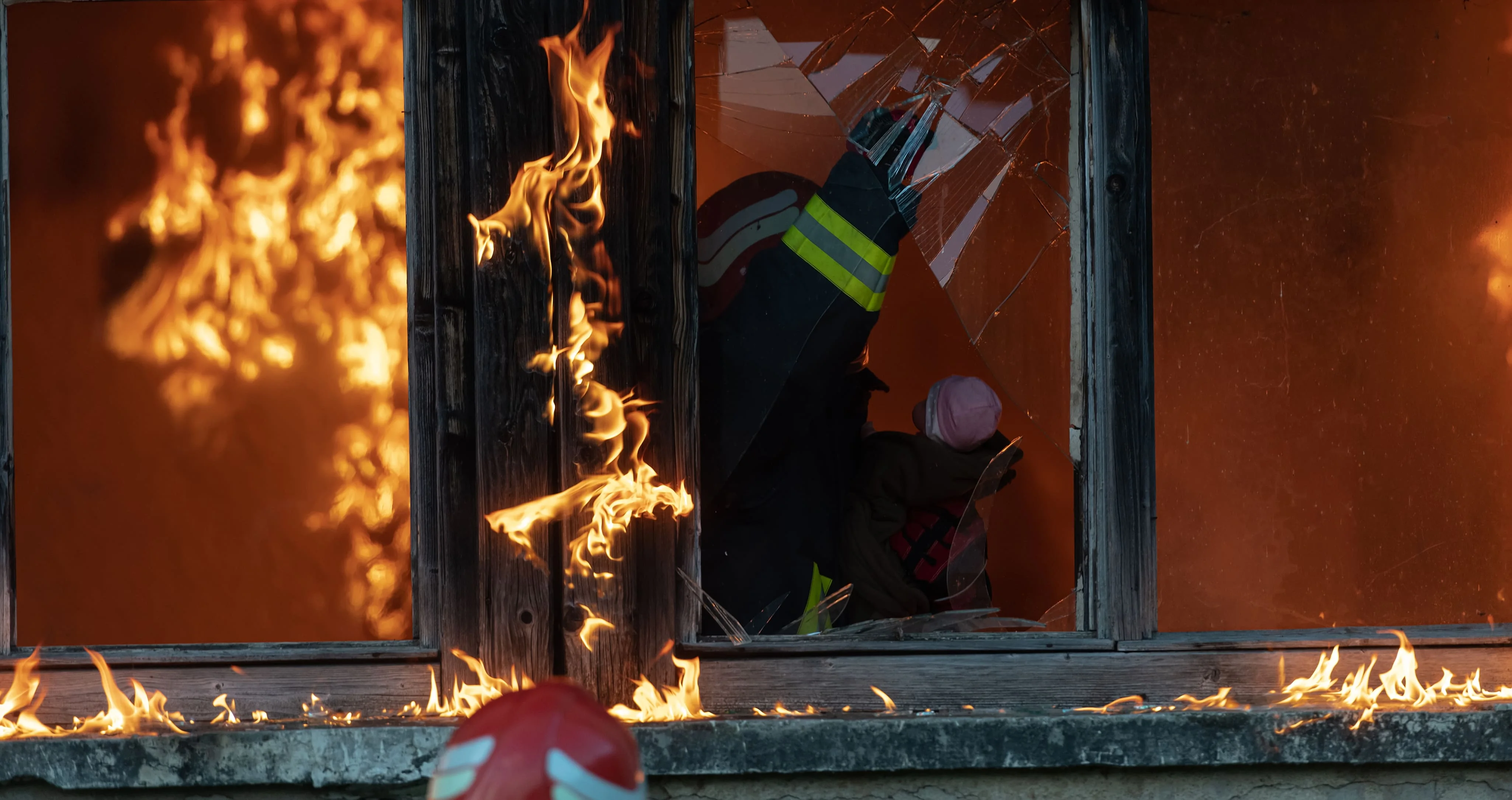Understanding the Connection Between NFPA 1033 and NFPA 921 Standards

The Synergy of NFPA 1033 and NFPA 921 in Fire Investigation
Understanding the key relationship between NFPA 1033 and NFPA 921 is essential in the realm of fire investigation. NFPA 1033 outlines the qualifications required for fire investigators, while NFPA 921 describes the methodologies for conducting fire investigations. Together, these standards ensure that fire professionals are both skilled and systematic in their approach to determining the origins and causes of fires. For a detailed exploration of these standards, consider Breaking Down The NFPA 1033 and to grasp their practical significance, visit NFPA 1033 and NFPA 921 - Blazestack.
Delving into NFPA 1033: Establishing Fire Investigator Qualifications
The NFPA 1033 standard is pivotal for those looking to become skilled fire investigators. It outlines the essential qualifications and competencies that are necessary to perform thorough and accurate fire investigations. A significant aspect of these qualifications includes the capability to document findings meticulously, analyze fire patterns to determine the fire's origin and cause, and conduct interviews with witnesses to gather reliable information. Adhering to NFPA 1033 ensures that fire investigators are well-prepared to handle the complexities of their role. For a deeper understanding of these standards and how they complement the NFPA 921 guidelines, one can refer to Breaking Down The NFPA 1033: What Every Aspiring Fire Investigator Should Know. Together, these standards work to support safety and proficiency in the field of fire prevention and investigation.
NFPA 921: The Guiding Principles of Fire and Explosion Investigations
NFPA 921 serves as a fundamental guide for professionals conducting fire and explosion investigations. This standard provides a thorough methodology and set of guidelines that ensure investigations are systematic and scientifically based. It is designed to complement the qualifications outlined in NFPA 1033 by detailing the actual steps and processes an investigator should follow. This includes how to approach a scene, collect evidence, analyze fire patterns, and determine the origin and cause of fires. Understanding NFPA 921 is critical for investigators to stay current with the best practices in the field. For more insight into the role of a fire investigator, as defined by NFPA 921, and the importance of adhering to these guidelines, read more on Blazestack.
The Practical Application of NFPA Standards in Fire Investigations
When fire investigators adhere to the NFPA 1033 and NFPA 921 standards, they ensure accuracy and safety in their investigative practices. This is crucial not only for uncovering the truth behind a fire's cause but also for upholding the integrity of legal proceedings. Understanding the key relationship between NFPA 1033 and NFPA 921 allows investigators to apply a systematic approach to their work, resulting in thorough and legally sound investigations. Implementing safety measures, such as those outlined in NFPA 1321, is vital to protect everyone involved.
Technological Integration: How Blazestack Enhances Compliance
Blazestack, a robust fire investigation platform, provides essential tools for investigators to meet the stringent requirements of NFPA 1033 and NFPA 921. By offering features such as secure evidence backup, customizable reports, and case management efficiencies, Blazestack ensures that investigations are thorough and standards-compliant. For Fire Investigation Units, this means streamlined processes and accurate, reliable data handling, which are critical for the integrity of fire investigations and subsequent insurance claims.
Frequently Asked Questions
What is the main purpose of NFPA 1033?
NFPA 1033, known as the Standard for Professional Qualifications for Fire Investigator, outlines the minimum job performance requirements for fire investigators. Its main purpose is to ensure that individuals conducting fire investigations are qualified and proficient in determining the origin and cause of fires.
How does NFPA 921 complement NFPA 1033?
NFPA 921, titled Guide for Fire and Explosion Investigations, works in tandem with NFPA 1033 by providing the methodology and guidelines for conducting thorough and scientific fire investigations. It complements the qualifications set by NFPA 1033 with comprehensive knowledge and procedural standards.
Are NFPA 1033 and NFPA 921 legally binding documents?
While NFPA 1033 and NFPA 921 are consensus standards and not inherently law, they are frequently adopted by legal jurisdictions and can be referenced in court as the standard of care in fire investigation practices. Therefore, adherence to these standards is crucial for legal and professional accountability.
Can anyone become certified under NFPA 1033?
To become certified under NFPA 1033, an individual must meet specific educational and experiential requirements, demonstrate competency through an examination, and maintain ongoing professional development. These requirements ensure that certified fire investigators are equipped with the necessary skills and knowledge.
Where can I find more information on NFPA 1033 and NFPA 921?
More information on NFPA 1033 and NFPA 921 can be found on the National Fire Protection Association's website. Additionally, our comprehensive guide on NFPA standards provides further insights and details.
Empowering Fire Investigators with Knowledge and Technology
Grasping the key relationship between NFPA 1033 and NFPA 921 is essential for fire investigators who aim to conduct thorough and accurate investigations. These standards guide professionals in their pursuit of discovering fire origins and causes, ensuring their findings are scientifically sound. To support this endeavor, Blazestack offers a robust platform tailored to align with NFPA guidelines, simplifying case management and reporting. Fire investigators are encouraged to leverage such technology to enhance their expertise and efficiency in the field.
Trusted by Public and Private Investigator Teams Everywhere
Whether you're a big state agency, a small local fire department or somewhere in between, Blazestack software (NFPA 921® & CJIS compliant) collects fire scene data and generates standardized origin and cause reports in a fraction of the time of other methods.
To learn more about Blazestack, give us a call at (866) 303-4344 or email us at support@blazestack.com
Get Your Free 14-Day Trial and Custom Price Quote Now
We'll let Blazestack do the talking. Try it out right now for free.
A member of our staff will be in touch shortly.


